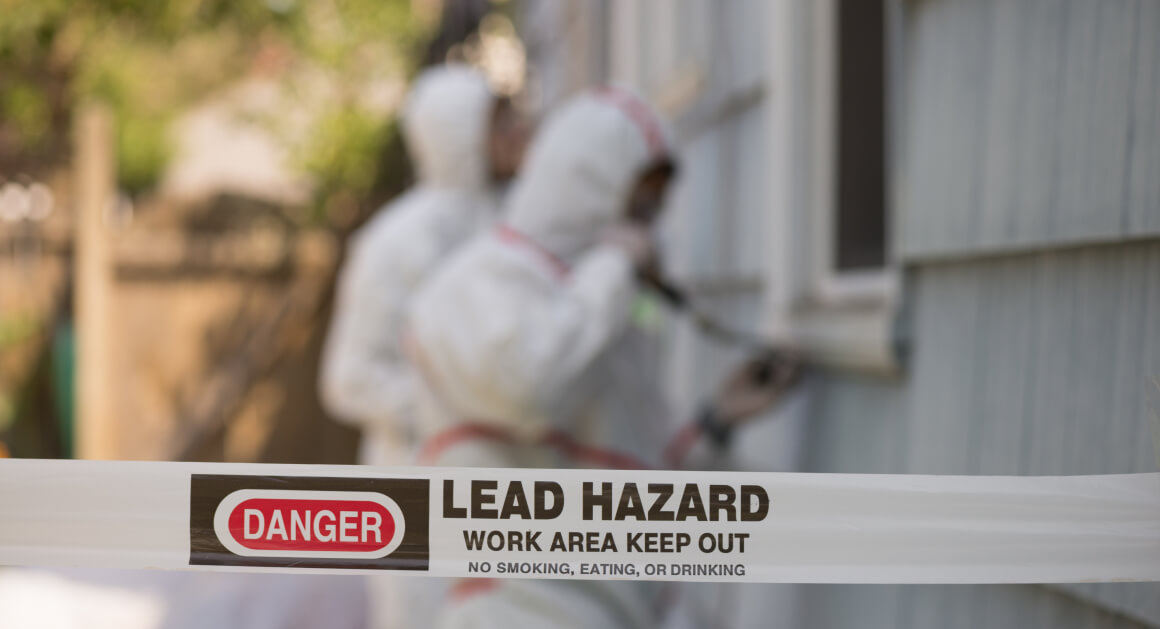I. Introduction to Collateral Estoppel
Collateral estoppel, also known as issue preclusion, is a legal principle that in its simplest form prevents an issue that has been conclusively decided from being re-litigated by the party is a subsequent forum. This doctrine originates from the broader concept of res judicata, which aims to promote judicial efficiency and prevent inconsistent verdicts by avoiding multiple litigations of the same issue and party(s).
II. Department of Health Violations and Lead-Based Paint
In New York City, the Department of Health and Mental Hygiene (DOHMH) plays a crucial role in safeguarding public health, particularly in cases involving lead-based paint in apartments. When a child aged six years or under is diagnosed with elevated lead levels, physicians are mandated to notify the Department of Health. The Department of Health then sends a sanitarian who inspects the child’s residence using an X-ray fluorescence (XRF) machine, which can detect lead in paint by measuring gamma rays reflected from different materials. The Department of Health public health sanitarian also typically interviews the parents related to the issue of the extent and location of the child’s exposure to the leaded environment in the apartment or elsewhere as well as other informational issues. Contact with the managing agent or owner is typically attempted.
If lead-based deteriorating paint is found and determined to pose a hazard to a young child, the Department of Health issues a Commissioner Order to Abate Nuisance to the landlord, which constitutes a violation. The landlord has a limited time to contest this finding; if uncontested, they are required to abate the violation according to specific regulations.
III. Perez v. New York City Housing Authority
The case of Perez v. New York City Housing Authority, 304 A.D.2d 736 (2d Dept 2003), which was litigated by the Frankel Law Firm, provides a pertinent example of how collateral estoppel applies in the context of housing and health law. In this case, the Appellate Division considered the issue of lead paint violations in an NYCHA apartment. The court affirmed the lower court’s denial of summary judgment due to unresolved issues of causation and injury in that particular case, necessitating a trial. Most importantly, the court applied for the first time collateral estoppel effect to the Department of Health findings and determinations of lead-paint violations, precluding NYCHA from disputing these facts in the lawsuit. This decision has apparently been followed by a Housing Authority policy of routine wholesale contestation of the findings of lead-based paint within New York City Housing Authority residential buildings by another New York City agency, The New York City Department of Health.
IV. Conclusion
The Perez case illustrates the critical intersection of collateral estoppel, public health regulations, and housing law. It highlights the legal implications of DOHMH violations for landlords and tenants, emphasizing the importance of landlords addressing health hazards promptly and responsibly. Moreover, it demonstrates how legal principles like collateral estoppel ensure judicial efficiency and the finality of decisions in complex legal disputes involving public health and safety.
We welcome your legal questions for topically relevant articles in the future. Feel free to compose a question – it may be addressed in future articles. Email Question
Free Case Evaluation
Fill Out The Form Below To Find Out If You Have A Case.
Thank you for contacting us. One of our colleagues will get back to you shortly.



